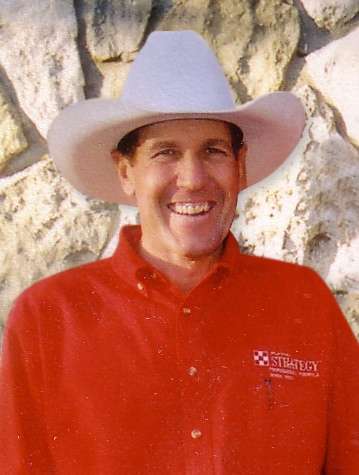“Rebuilding cowherd numbers through bred cow purchases requires diligence to several impacting market factors.”
That’s according to Elliott Dennis, University of Nebraska, Lincoln, livestock risk management economist.
The recent United States Department of Agriculture (USDA) 2023 cattle inventory report showed a 4-percent reduction in beef cows.
There is a 6-percent decrease in heifers retained as replacements and a 5-percent reduction in heifers expected to calve this year. Feeder cattle supplies will be reduced nationally in 2023.
“Continued liquidation in 2023 will depend on the profit margins producers expect to receive,” Dennis emphasized.
Higher prices for feeder cattle are expected, but higher feed costs are limiting the profit potential, he said.
Much has been said about weather patterns changing this year. “If weather pattern changes, it will benefit the Southern Plains with a cool and wet spring and summer,” Dennis said. “Whereas the Northern Plains generally will stay dry in the summer before a cool and wet fall.”
There will be producers who have feed resources and believe profits are to be had in 2023 and 2024. “The quickest way for producers to increase feeder cattle supply is through addition of bred females,” Dennis said.
Bred heifers receive a premium over bred cows. For example, the price ratio of bred heifers to bred cows has averaged 2.5-percent during the last five years.
The premium is the widest in spring March-May and the lowest in fall September-November.
There is a premium due to the longer useful life of the cow in the herd. But it is smaller than expected due to potential issues with calving, which can occur with first-calf heifers.
However, the national bred cow price masks several factors that impact price. Age, weight, months bred, genetics, and market conditions are the primary drivers of bred cow prices.
An Oklahoma City bred heifer and bred cow sales study estimated the premiums and discounts in the bred cow market.
A three-year-old, six-months-bred, medium-to-large-size black cow in February this year would be valued at $1,150. But the price has averaged $870 during the past three years.
Producers selling cows older than this should expect to receive a discount. These tend to decrease almost linearly from zero to 20-percent as cows age.
A four-year-old bred cow would cost $1,150, but a seven-year-old bred cow would cost $1,035 which is a 10-percent discount. A 10-year-old bred cow would cost $920 which is a 20-percent discount.
“Producers considering marketing older cows as bred should acknowledge the heavy discounts assigned as age increases,” Dennis explained.
Similarly, the closer the cow is to calving, the more expensive the bred cow becomes relative to a six-month-pregnant bred cow.
Discounts and premiums are nearly linear between a 4-percent premium $1,196 for an eight-month-pregnant bred cow. A 5-percent discount $1,092 for a four-month-pregnant bred cow and a 12-percent discount $1,012 for a one-month-pregnant bred cow.
“These premiums and discounts exist as there is less risk of losing a calf as its age increases,” Dennis said. “There are lower production costs before the calf’s birth and revenue is received more quickly when late-gestating cows are purchased.”
Selling this same bred cow at different times of the year will impact the price received. Producers looking to buy bred cows in the late winter or early spring should expect to pay a premium.
Highest premiums are in March as producers purchase cows on the same calving cycle in anticipation of summer pastures.
Prices peak in March at approximately an 8-percent premium $1,242. Prices are lowest a 4-percent discount $1,104 in the summer and fall as producers are culling while retaining heifers. Selling the same quality, age, and pregnancy stage results in a difference of $138 per cow.
“Current market conditions will also play a role in the price of bred cows,” Dennis said. “The feeder cattle and corn markets are the two largest drivers of bred cow prices.”
Higher feeder cattle prices create incentives to produce more calves, and bred cows are the quickest way to do so. Higher corn prices increase the cost of gain in feedlots.
“This puts downward pressure on feeder cattle prices,” Dennis said. “However, the impact is delayed as it takes at least six-to-eight-months before the potential calf will reach the feedlot.
Combining these impacts and price forecasts can show the premiums and discounts producers will receive for a bred cow.
The nearby feeder cattle price at the time of sale has a much larger impact than the nearby corn price.
For example, a 50-cent decline would increase the price of the bred cow by less than one percent. Whereas a $10-per-hundredweight increase in the feeder cattle contract increases the price by 5.29-percent.
“Producers rebuilding herds by purchasing bred cows should be aware of these factors before buying or selling cows,” Dennis summarized.
CUTLINE
Elliott Dennis, University of Nebraska, livestock economist, said, “Rebuilding cowherd numbers through bred cow purchases requires diligence to several impacting market factors.”





